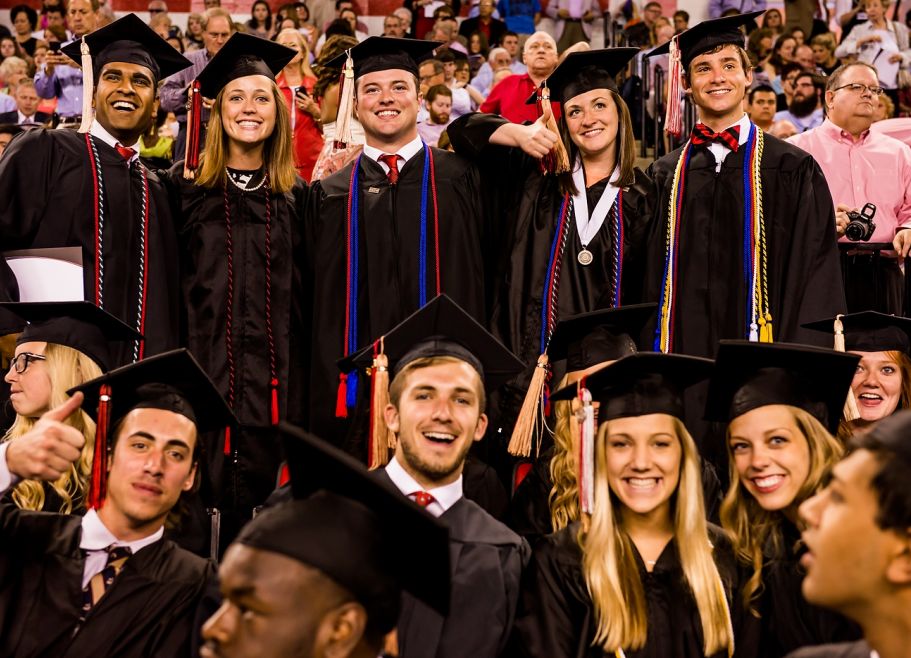Author Desk
Our Journals
JOURNALS || EIJO Journal of Science, Technology and Innovative Research (EIJO – JSTIR) [ ISSN : 2455 - 9938 ]
Article Overview
Abstract
Mandibular molars can have an additional root located lingually (the radix entomolaris) or buccally (the radix Paramolaris). If present, an awareness and understanding of this unusual root and its root canal morphology can contribute to the successful outcome of root canal treatment. This article presents successful endodontic treatment of two mandibular first molars with extra roots one is with radix entomolaris and other is with radix Paramolaris, both of which are rare microstructures.
Keywords: Anatomical variations, Endodontic treatment, Mandibular first molars, Radix entomolaris, Radix Paramolaris.
Reference
- Vertucci FJ. Root canal anatomy of the human permanent teeth. Oral Surg Oral Med Oral Pathol. 1984;58::589-–599.
- Barker BC, Parsons KC, Mills PR, et al. Anatomy of root canals. III. Permanent mandibular molars. Aust Dent J.1974;19::408-–413.
- Segura-Egea JJ, Jimenez-Pinzon A, Rios-Santos JV. Endodontic therapy in a 3-rooted mandibular first molar: Importance of a thorough radiographic examination. J Can Dent Assoc 2002; 68(9):541-544
- Tu MG, Huang HL, Hsue SS, Hsu JT, Chen SY, Jou MJ, et al. Detection of permanent three-rooted mandibular first molar by cone-beam computed tomography imaging in Taiwanese individuals. J Endod 2009; 35:503-507
- Bolk L. The importance of endodontic in maxillary and mandibular molar canals. J Can Dent Assoc 1994; 60:527-532.
- Barker BCW, Parson KC, Mills PR, Williams GL. Anatomy of root canals. III. Permanent mandibular molars. Aust Dent J 1974; 19:403-413.
- Vertucci F. Root canal anatomy of the human permanent teeth. Oral Surg Oral Med Oral Pathol 1984;58:589-599.
- Tratman EK. Three-rooted lower molars in man and their racial distribution. Br Dent J 1938; 64:264-274.
- Yew SC, Chan K. A retrospective study of endodontically treated mandibular first molars in a Chinese population. J Endod 1993; 19:471-473.
- Calber son FL, De Moor RJ, Deroose CA. The radix entomolaris and Paramolaris: clinical approach in endodontics. J Endod 2007; 33(1):58-63.
- Visser JB. Beit rag zur Kenntnis der mensch lichen Zahnwurzelformen. Hilversum: Rotting 1948. p. 49-72.
- Steelman R. Incidence of an accessory distal root on mandibular first permanent molars in Hispanic children. J Dent Child 1986; 53:122-123.
- Bolk L. Welcher Gebibreihe gehören die Molaren an? Z Morphol Anthropol 1914; 17:83-116.
- Abella F, Patel S, Duran-Sindreu F, et al. Mandibular first molars with disto-lingual roots: Review and clinical management. Int Endod J. 2012;45::963-–978.
- De Moor RJ, Deroose CA, Calber son FL. The radix entomolaris in mandibular first molars: an endodontic challenge. Int Endod J. 2004;37::789-–799.
- Calber son FL, De Moor RJ, Deroose CA. The radix entomolaris and Paramolaris: clinical approach in endodontics. J Endod. 2007;33((1) :):58-–63.
- Carlsen O, Alexandersen V. Radix Paramolaris in permanent mandibular molars: identification and morphology. Scan J Dent Res 1991; 99:189 –95



